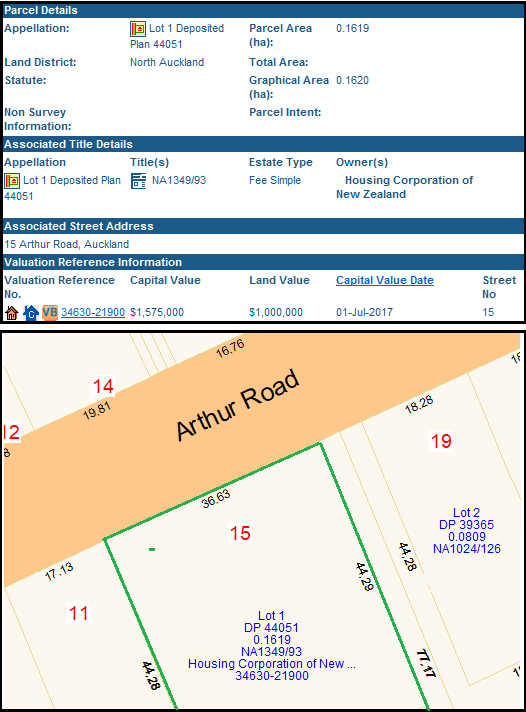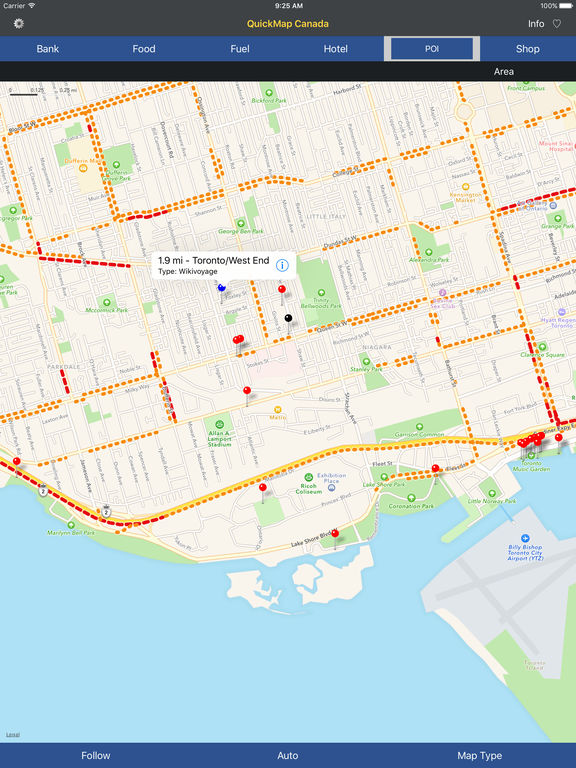

Quickmap Quickmap (Software Only - QInstaller.exe) The latest version of Quickmap can be downloaded from: Quickmap (Software Bundle - QmapV8. Designed with the end-user in mind, QuickMap offers seamless access to numeric data layers, without the tedium of handling file format details and data ingestion and archive structures. Possible mechanism of the small H/L could be cumulated shear displacement induced by repeated quakes by meteor impact over billions of years and / or exotic mechanism including tectonic function. The following downloads are available for the convenience of Quickmap users. Once data are publically available at the PDS, the images are also available to be explored here in QuickMap. If the rocks on the mercury show the similar friction as rocks on the earth, those values should be higher than 0.5. MESSENGER ACT-REACT QuickMap Allows users to explore images and data from MESSENGER's orbital mission.

In most cases, the H/T values of those landslides are between 0.1 and 0.2, like long-runout landslides on the Moon, Mars and Earth. PLEASE NOTE: This page is not monitored 24/7 and inquiries will only be responded to during business hours, M-F, 8 a.m. Then, in order to compare the mobility of landslides with lunar ones, we have examined the apparent friction (H/T). We found as many similar landslides along the crater rims. Authors examined the crater rims in the northern hemisphere of latitude higher than 65 degrees, because the precision of the altitude is higher in the polar and equatorial regions. As reported by previous studies on landslides found on the lunar crater rims (Fukuoka et al., 2011), they showed extremely small H/V = tan (apparent friction) of the movement, even though almost no groundwater could have been expected ever. Get your California traffic information directly from the source. Up to July 2013, elevation of the north hemisphere terrain had been released on the net (Quickmap: ). Mercury QuickMap - Polar Deposit Files Dataset DOI Draft Author(s) Journal - Publication DOI n/a. This mission revealed various features of the mercury topography with horizontal resolution of 1 km. ACT-REACT Quickmap by ACT Corporation is used in ASU’s Lunar LRO WebGIS 13 and the Mercury Quickmap 14 developed by the MESSENGER team at the Johns Hopkins University Applied Physics Laboratory (APL) in Laurel, MD. Among its scientific instruments, the Mercury Dual Imaging System (MDIS) and the Mercury Laser Altimeter (MLA) are used to extract the mercury terrain topography. The NASA's MESSENGER mercury spacecraft was launched by NASA in 2004, and orbital insertion was successfully completed in 2011.


 0 kommentar(er)
0 kommentar(er)
